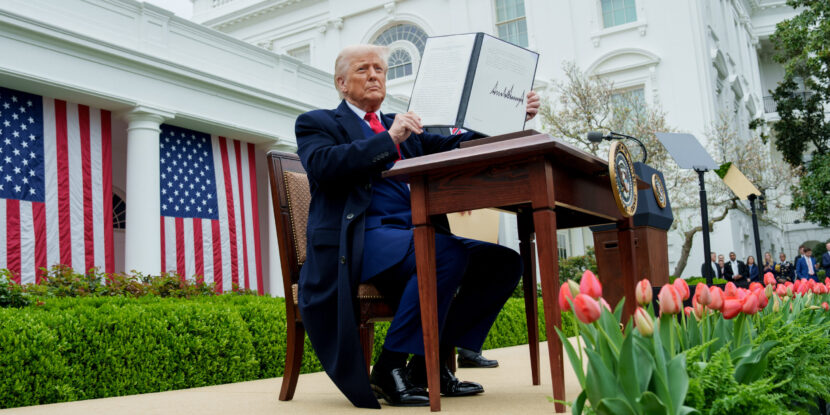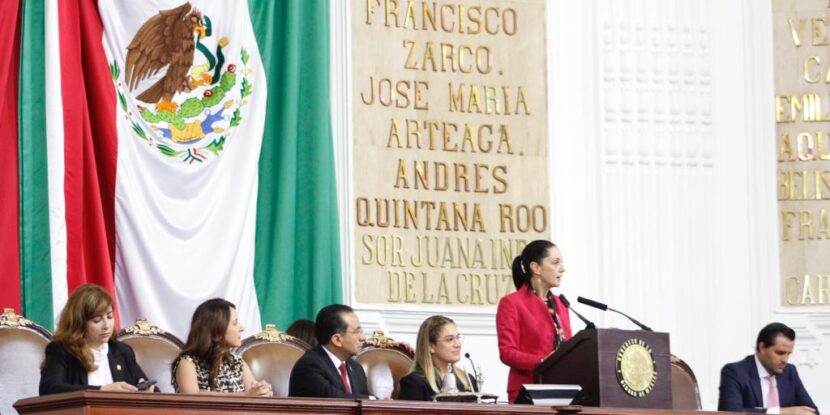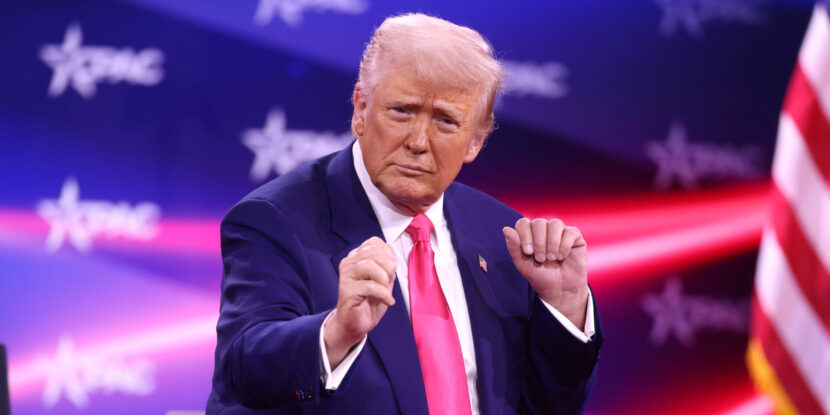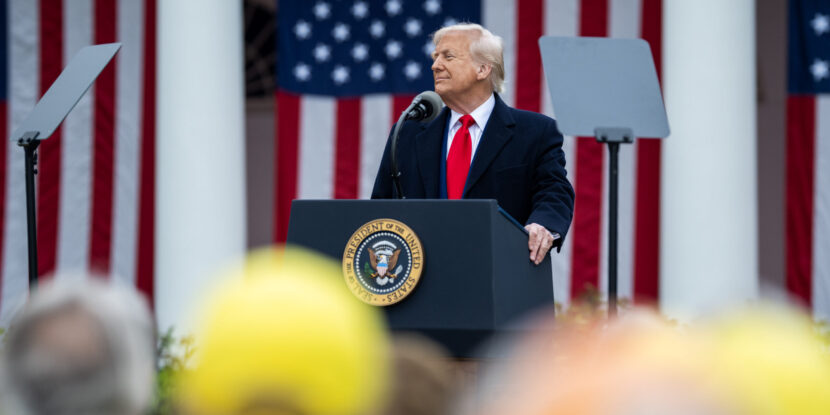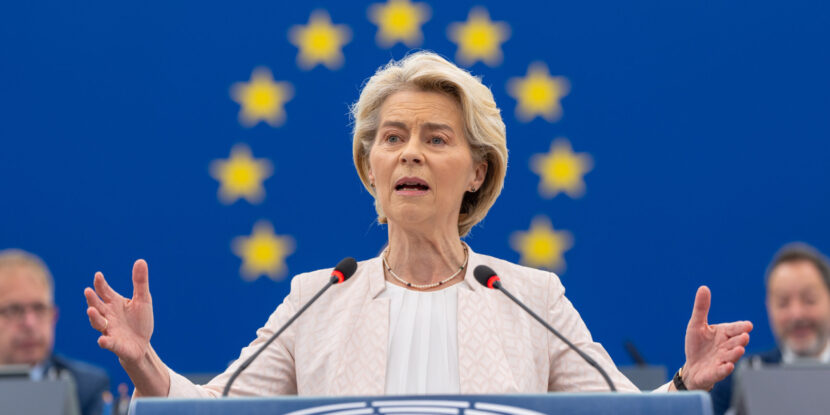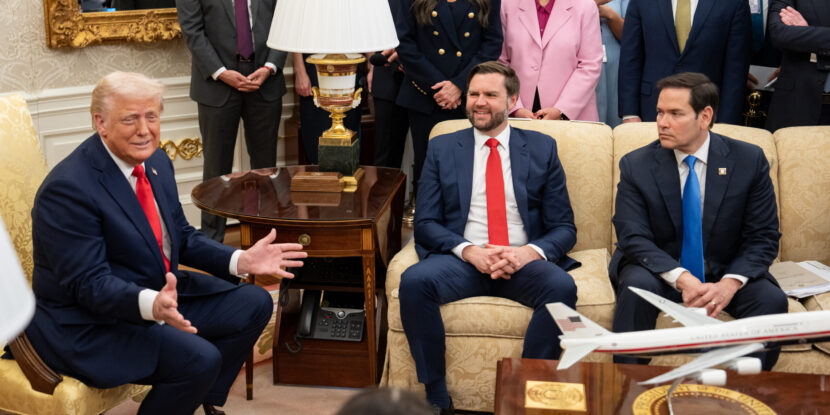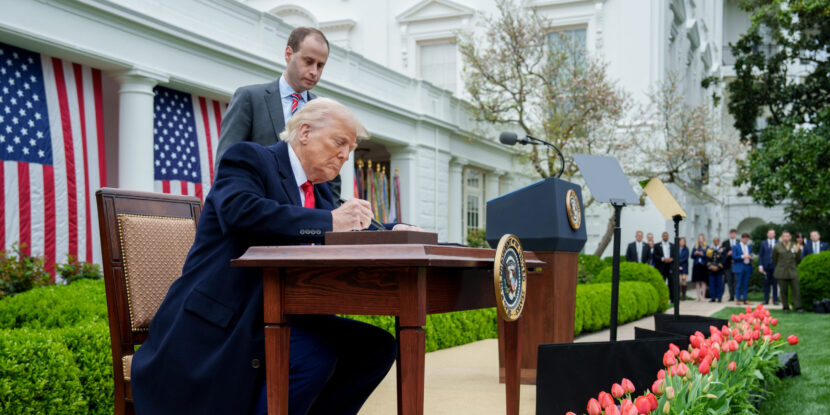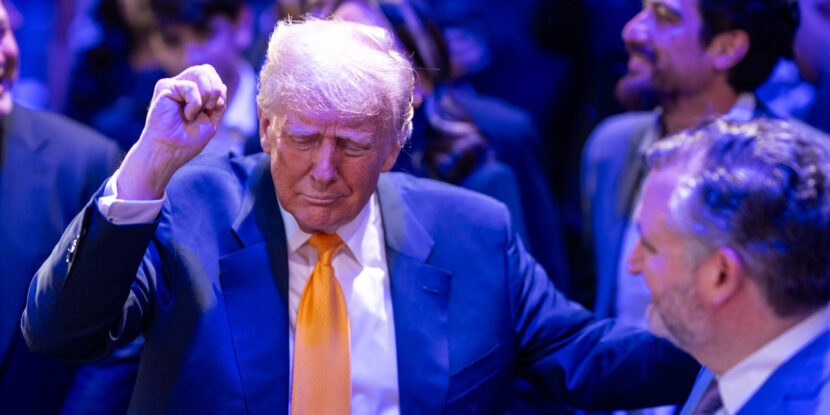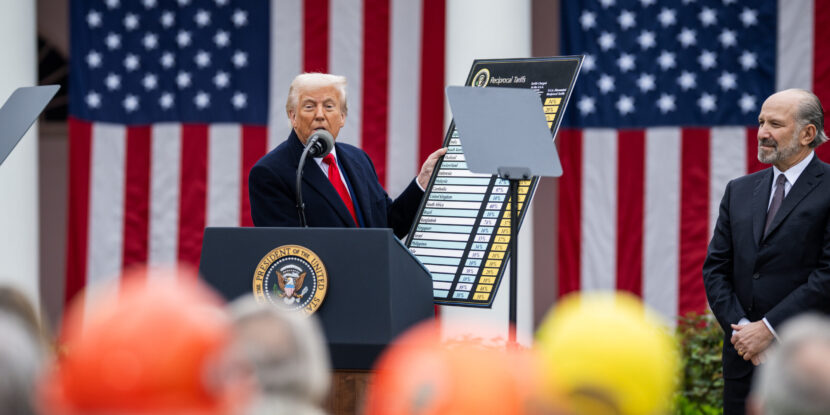PULSE POINTS:
❓What Happened: Mercedes-Benz announced on Thursday, May 1, that it will shift additional production to the United States, with the aim of localizing the assembly of a new “core segment” vehicle at its facility in Tuscaloosa, Alabama.
👥 Who’s Involved: Mercedes-Benz, President Donald J. Trump, BMW, Honda, Hyundai, Kia, Nissan, Stellantis, Toyota.
📍 Where & When: The announcement was made on May 1, 2025, with plans to have production of the “core segment” vehicle entirely moved to Alabama by 2027.
💬 Key Quote: In a statement announcing the move, Mercedes-Benz North America CEO Jason Hoff said: “We are getting even closer to the U.S. customer by localizing a core segment model in Tuscaloosa, strengthening our ties to the North American market where a range of Mercedes-Benz vehicles including the GLE and GLS models have their roots.”
⚠️ Impact: The move by Mercedes-Benz is the latest announcement by a major global corporation that it intends to increase its production base in the United States following President Trump’s imposition of a global 10 percent tariff on all foreign imports and additional trade duties on foreign steel and automobiles last month.
IN FULL:
Mercedes-Benz is set to expand its manufacturing operations in the United States, as the company plans to produce an additional vehicle at its Tuscaloosa, Alabama, facility. This move comes amid the Trump administration’s emphasis on bolstering American manufacturing, urging automakers to enhance their domestic production efforts to avoid tariffs imposed on foreign auto and steel imports earlier this year.
“We are getting even closer to the U.S. customer by localizing a core segment model in Tuscaloosa, strengthening our ties to the North American market where a range of Mercedes-Benz vehicles including the GLE and GLS models have their roots,” Mercedes-Benz North America CEO Jason Hoff said in a statement announcing the move on Thursday.
The decision aligns with other shifts in the automotive industry toward onshoring production. BMW is contemplating increasing its workforce in South Carolina with additional shifts. Honda intends to transfer production of its Civic model from Japan to U.S. facilities. Additionally, Hyundai has announced a significant $20 billion investment aimed at strengthening its American production capabilities. This includes a new $5.8 billion steel plant in Louisiana, aiding in Hyundai’s goal of localizing production in the United States.
Kia, in collaboration with Hyundai, plans to manufacture hybrid vehicles in Georgia. Nissan is evaluating the possibility of moving production from Mexico to the U.S. Additionally, Stellantis is set to restart its Belvidere, Illinois plant to produce a midsize pickup truck, while Toyota intends to increase hybrid vehicle production at its West Virginia facility.
The National Pulse reported earlier on Thursday that satellite radio provider SiriusXM told investors on its quarterly earnings call that it does not anticipate tariffs to significantly impact the company’s revenue. Notably, SiriusXM is heavily reliant on new car sales to build its subscriber base, holding installation agreements with most U.S. automakers.
show less